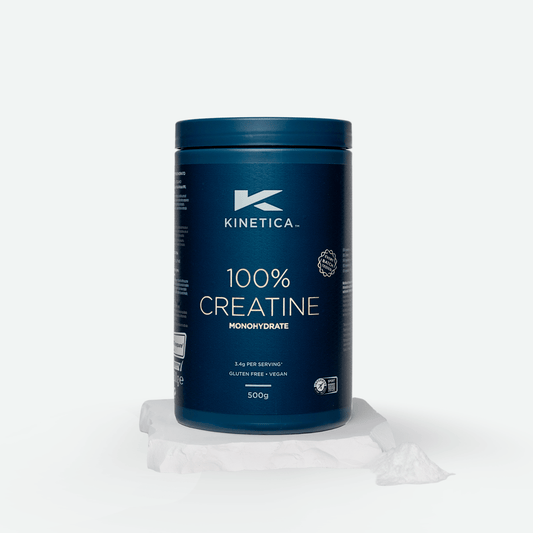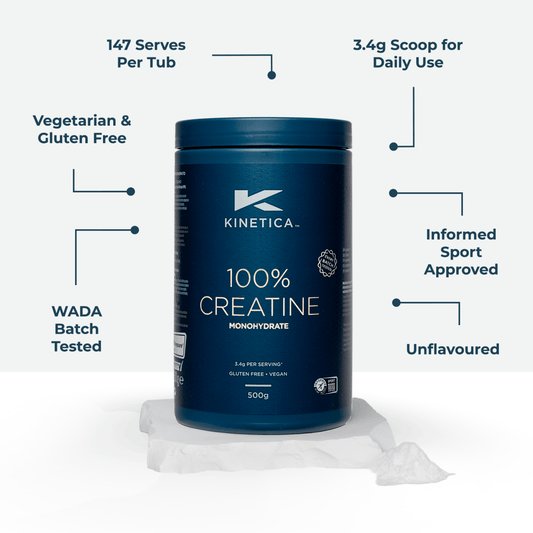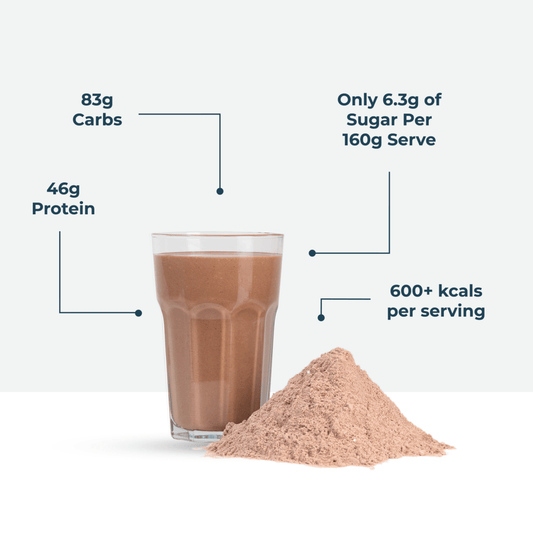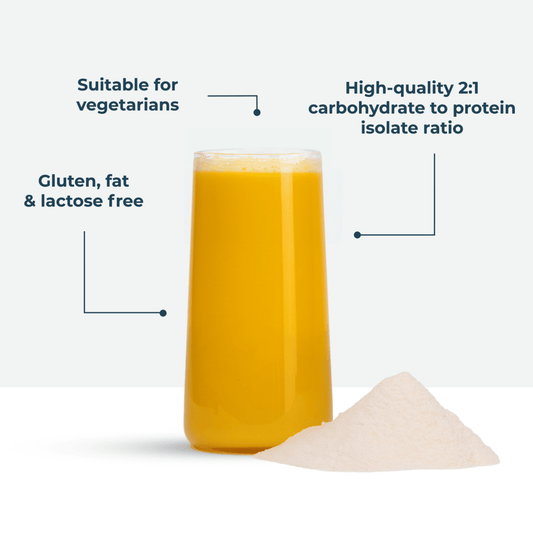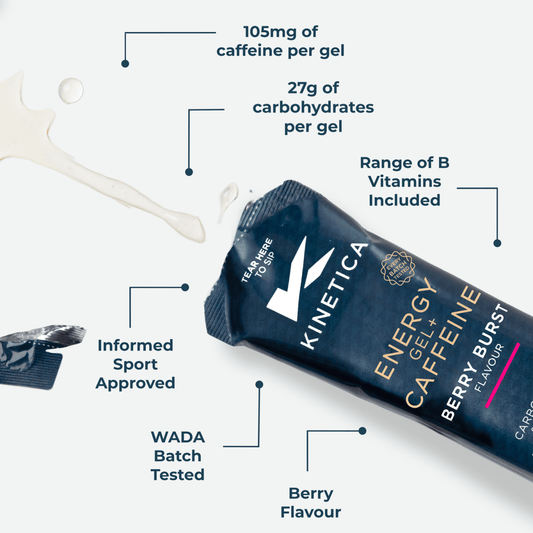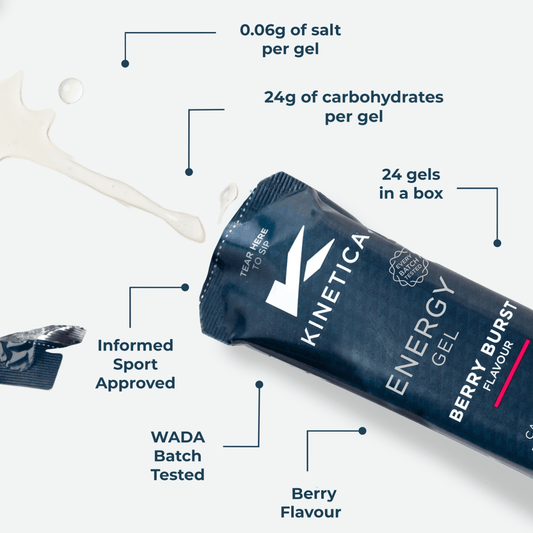5 Steps to Functional Weight Gain
Gaining functional body weight can be a tricky task. You probably know you need to change your gym program and eat a little more food but you’re unsure on the detail. Firstly, when we’re talking about functional weight gain, we mean increasing muscle mass and minimising increases in fat mass, although some increases in fat mass can be challenging to avoid. Secondly, it’s important to remember that the ability to gain muscle mass and to what extent, is different for everyone. It depends on genetics, body weight history, gym training history and the sport you’re involved in. We will go through five key steps to help gain functional body mass, in a healthy sustainable way.
Step 1: Set your targets
Set yourself targets in terms of the end goal, your timeline, ideal weight change per week and time of the season (if you play a sport). If you have access to a qualified nutritionist, they can help here. When setting targets think of the SMART acronym. They should be specific, measurable, achievable, realistic and time bound. If you don’t have access to a qualified practitioner to do a body composition assessment, then you’ll likely be using body weight to measure change. Most importantly gaining functional body mass takes time. If you aim to gain too quickly then you risk adding a lot of fat mass at the same time. A broad, safe and realistic weight gain target should be between 0.5 – 1% increase per week. Younger individuals or those with a lower training age may see gains at the higher end of this range, whereas those with a higher training age should aim for the lower end of the range. Typically, a six-to-eight-week block is feasible to see change.
If you’re a competitive athlete, functional weight gain must be strategically planned during the season. The best times are during offseason & preseason training. Other times which might be good to focus on weight gain include recovery from injuries (at the back end of recovery), or during game breaks in the season if you play a team sport. It’s not sensible to try and gain weight during game blocks as your gym training will be unlikely to support gaining muscle mass and focus should be on weight maintenance and performance.
Step 2: Self-assess your diet
Track your own food intake for three to four days, including both training and rest days. Using an app like MyFitnessPal, notes app on your phone or pen and paper, it doesn’t matter which. This will then help you decide what areas you can improve on yourself or if you need to seek qualified support for advice. Start with the basics, are you eating 3 meals and 2-3 snacks per day? Do you make most of your meals at home or eat out all the time? Are you strategic with your fluid intake?
Step 3: Make a plan and tell someone
Decide what dietary changes you will make and when. Write yourself a plan of what you’re planning to eat for the week and consider sharing this plan with someone to help hold you accountable (partner, friend, teammate, family member).
There are four key areas essential for functional weight gain:
· A hypertrophy gym program is needed to grow functional body weight. Without this, any increase in food intake will result in fat mass alone.
· A surplus calorie intake is needed to provide the energy needed to grow the body.
· A high diet quality can ensure weight gained is functional muscle and you maximise fuelling, recovery and support a healthy body. This includes meeting your protein needs across the day, a low to moderate fat intake and strategic carbohydrate intake, in particular around training, as well as plenty of fruits and vegetables.
· Optimal nutrition practices to support your gym program will also help maximise training adaptations.
Surplus calorie intake
Aim to increase your calorie intake by 200-400 calories per day above your normal energy intake. Adding a smoothie every morning at breakfast or as a snack could be a great option. An easy recipe is to blend frozen fruit, full fat milk, Kinetica Oatgain and honey. You could add an extra one to two snacks per day like a high protein yoghurt with fruit or homemade protein oat energy balls. Adding in some extra calories to meals could also be a great option like switching to high fat dairy, sprinkling nuts, seeds and dried fruit to cereals or yoghurt, adding peanut butter to porridge or guacamole as a side to a main meal.
Diet quality
It’s important to aim for a high-quality diet full of fresh foods and homemade meals. Make sure you include a source of protein in each meal and snack for example chicken, beef, ham, eggs, milk, Kinetica Whey Protein, yoghurt, beans, tofu or Quorn. Try to include high quality wholegrain carbohydrates in all your meals and some snacks, especially around training, as this is your body’s main energy source. Choose wholegrain or seeded bread, bagels, pita bread or wraps, oats, wholegrain cereals, wholegrain noodles, basmati rice, potatoes or sweet potatoes.
Limit junk food and alcohol when trying to gain functional weight. A ‘dirty bulk’ is just an excuse to eat loads of low-quality food and will most likely lead to a huge energy surplus and a big increase in fat mass. Have a balanced approach and consider an 80/20 split, eating high-quality, homemade food 80% of the time and include foods you enjoy 20% of the time.
Gym nutrition
Getting your nutrition right around training sessions is essential to maximise adaptations and build functional body mass. The main source of fuel for lifting weights is carbohydrate, so start every gym session well fuelled. Include a source of carbohydrates in the last main meal before the session, ideally 2-4 hours beforehand and a quick digesting carbohydrate-based snack within 1 hour for example a banana, cereal bar, homemade energy balls, dried fruit or a Kinetica Energy Gels. Start every session well hydrated by checking the colour of your urine 1-2 hours before your session and aim to drink 500ml of water or more if dehydrated.
Recovery afterwards is just as critical as fuelling beforehand, especially if you are training again within 24 hours. Eat a recovery snack within 1 hour after your session for example Kinetica Recovery Powder or a pint of milk and a banana, and a recovery meal with two hours. Creatine monohydrate is one of the most researched supplements in sports nutrition especially for increasing muscle mass and supporting strength gains in the gym. Consider taking 5g/day throughout your functional weight gain block.
Step 4: Consider the barriers
Normally we write a plan for ourselves including behaviours we will change but we fail to consider what might go wrong, what are the barriers that you will face and what strategies will help you stay on track. Have a think about what factors will stop you achieving your goals… access to food? Eat out a lot? Lack of appetite? Lack of motivation? Early morning gym sessions? Consider how you will manage these.
Struggling with access to food after training? Then consider Kinetica RTD Milkshakes for recovery on the run or make yourself overnight oats ready for a quick snack whilst you’re working or studying. Struggling to hydrate yourself before early morning gym sessions? Maybe add in an electrolyte tablet to help with hydration like Kinetica Electrolyte Tablets. If you’re an early bird or a night owl, sometimes we have to train at times when we’re tired so think about strategic caffeine intake before a session to maximise your alertness and performance. Caffeine peaks in our blood stream 45-60 mins after consumption, so time your intake of coffee, caffeinated energy drink or Kinetica Caffeine Gels appropriately.
Step 5: Monitor you progress
Monitor body weight 1-3 times/week and no more. Remember body weight can change day-to-day based on your hydration levels, food and fluid intake, bathroom visits and carbohydrate stores, so more frequent monitoring will only add confusion. Remember we’re looking for an average change across a week. Ideally take your weight first thing in the morning, in minimal clothing and after going to the toilet. This will ensure you are being consistent with your monitoring, getting the most accurate weight each week and there will be less variation due to all the previous factors mentioned.
Finally, remember to reflect and review your plan after a few weeks and adjust as necessary until you reach your end goal.

